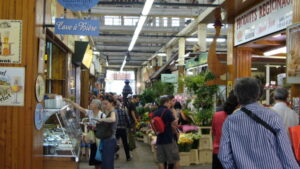Last Updated on October 21, 2025 by Devour Tours | Published: September 20, 2019
Probably the best known re-use of an old building in Paris is the Musée d’Orsay, located in the former train station. Its great curved glass vault pours light down into the art gallery—and it gets more than 3 million visitors a year.
But Paris has other creatively situated museums, too. For instance, one that’s fascinating—but way off the tourist track—is the Musée des Arts et Métiers, a sort of engineering-and-science museum. (The title, literally “museum of arts and crafts,” is a little misleading.)
Historical & Hidden: Paris’ Unexpected Museums
Here’s a deep dive into that one, and two other endlessly interesting Paris museums in old buildings.
Paris is full of special hidden corners.
Musée des Arts et Métiers
These buildings originally housed the Royal Priory of Saint Martin des Champs, complete with a Romanesque-Gothic church and classical monastery buildings. During the French Revolution, a lot of monasteries were destroyed, but these buildings were taken over by the Conservatoire National des Arts et Métiers, effectively a national technology center.
CNAM set up a museum way back in 1802; a renovation from 1992 to 2000 created the Musée des Arts et Métiers you’ll see today.
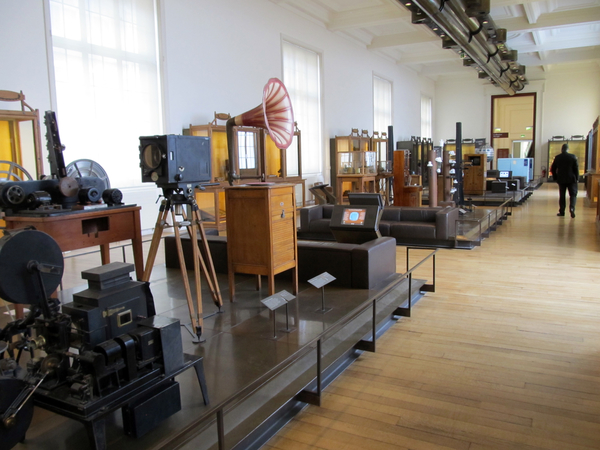
If you have a passion for technology or science, you’ll definitely want to check this place out. One of its treasures is Pascal’s calculating machine, which he invented in 1642 and which is possibly the first computer ever built. (Though the English like to claim Ada Lovelace and Thomas Babbage as the inventors of computing, the French got there first!)
But that’s not all. The onetime church has its own display as well—and it’s a knockout. In a wonderfully steampunk tour de force, the high Gothic nave has been used to “fly” some of the earliest airplanes from the vault, with early automobiles parked in the aisles.
Under the crossing is the museum’s star exhibit, Foucault’s original pendulum. This huge display demonstrates the rotation of the earth: as the earth spins on its axis, the pendulum’s swing rotates with it, so that it eventually traces a full circle. The time it takes to do so depends on latitude—here, it takes just under 32 hours.
You don’t have to understand the science to find this immense pendulum fascinating. It has a nice suspenseful touch, too. Little brass pieces are set up around the circumference of the pendulum’s circular path, and every five minutes or so, it knocks one of them over as it oscillates. The nail-biting suspense usually attracts a crowd of onlookers eagerly waiting to see when the next piece will fall.
This being France, there’s always room for quirks. The museum also has a little theater of automatons, from music-playing and acrobatic dolls to cuckoo clocks and mechanical organs. And for Americans looking for a reminder of home, the reduced scale model of the Statue of Liberty is an obligatory stop.
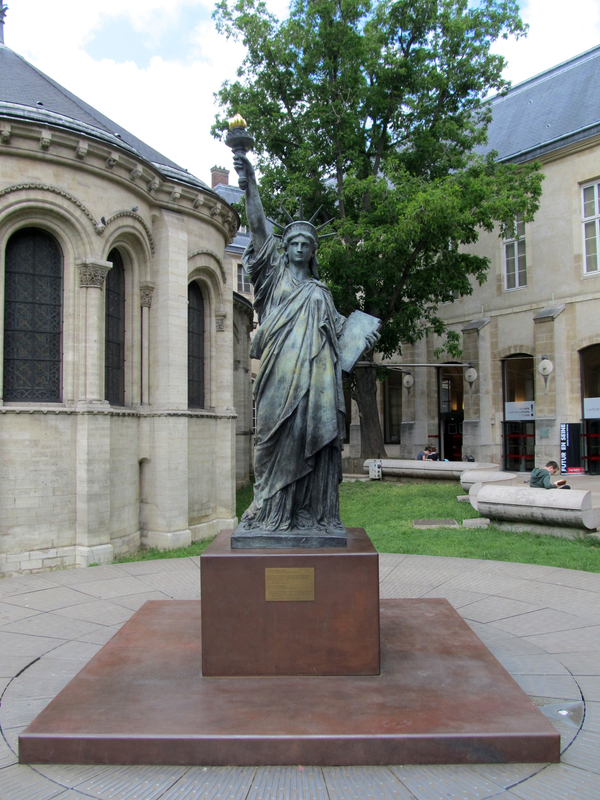
But the most amusing part of the whole museum? The little train tracks set in the parquet floor. The building used to have its own miniature railway system to take scientific materials from one area to another!
Musée de Cluny
The Abbot of Cluny was one of the richest of French ecclesiastics, and a highly influential cleric. Cluny had abbeys spread across France, in England, Spain and Germany, and the abbot of the Paris house was the head of them all.
This fine Gothic mansion, built in the 15th century, was the abbot’s townhouse. You can still see abbot Jacques d’Amboise’s coat of arms, three vertical stripes, carved above the windows, though they’re missing the red and gold paint that would have made them shine brightly.
The home regularly hosted important dignitaries, and Cardinal Jules Mazarin, the religious power behind the French throne, lived here in the early 17th century. The tower was also used as an astronomical observatory. Later, Alexandre du Sommerard moved in with his huge collection of medieval art; when he died in 1842, the French state bought the lot, and the Musée de Cluny opened a year later.
The museum is undergoing a renovation right now, so some parts are closed, but the highlights of the exhibition are still on display. The most beautiful and haunting of these are the six “Lady and Unicorn” tapestries, which illustrate the six senses. (Six? Yes, because the feelings of the heart are the sixth sense. Isn’t that romantic?)
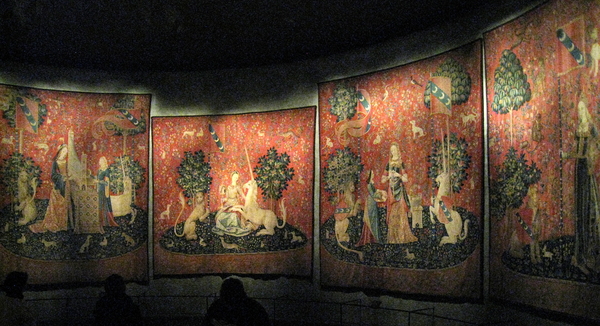
There are also collections of statues from Paris churches, glittering Limoges enamel caskets, ivory tablets, bejeweled book-bindings and even medieval embroidered slippers.
But remember that Paris is always changing—and always has been changing. When Jacques d’Amboise built the Hôtel de Cluny, he was already reusing a previous building—the Roman baths of Lutetia! And since part of the museum occupies the baths, you’re going to be standing in the oldest building in Paris that’s still in use.
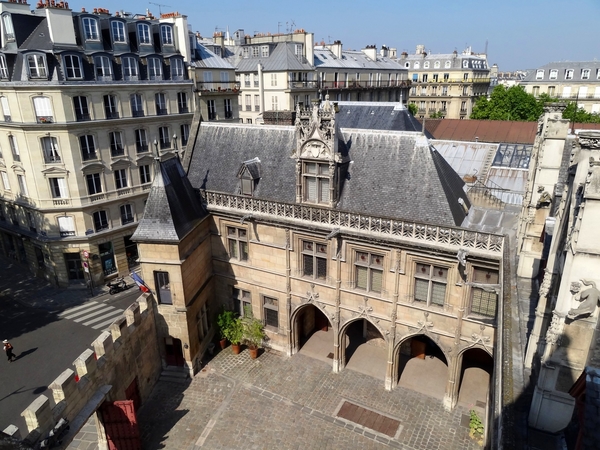
Lafayette Anticipations
This contemporary art center reuses an old factory building’s courtyard in the Marais district. From the outside, it looks like a conventional 19th century building, but inside, Rem Koolhaas has designed a huge glass tower that creates a flexible exhibition and events space. Motorized platforms and sliding walls give a choice of nearly 50 different configurations.
Lafayette Anticipations also puts on an eclectic program of exhibitions and other events, including jazz and contemporary music. Artists are often given working space here in the basement, so the organization works as a collaborative effort, not just an exhibition gallery.
The delight here, though, is the fact that the architecture isn’t just a re-use of an old building—it’s continually reinventing itself. No two visits will ever be quite the same!


